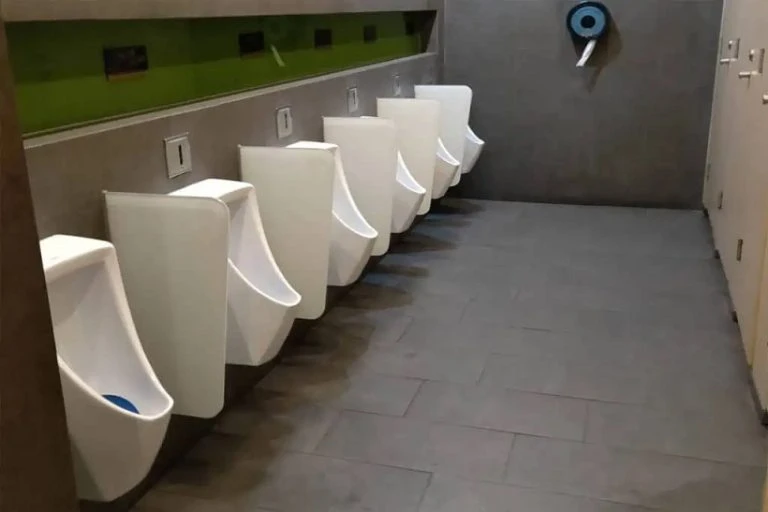 Introduction:
Introduction:
In the realm of restroom facilities, the evolution of technology has revolutionized hygiene standards. One such innovation is the advent of Urinal Sensor systems. These systems have garnered attention for their ability to enhance cleanliness, convenience, and resource efficiency in public and private restroom spaces. This article delves into the myriad advantages offered by urinal sensor systems, highlighting their significance as innovative hygienic solutions.
Enhanced Hygiene:
Urinal sensor systems significantly reduce the need for physical contact with restroom fixtures. Traditional flush mechanisms require manual operation, increasing the risk of cross-contamination through contact with potentially unclean surfaces. With sensor-based systems, users can initiate flushing without direct contact, thereby minimizing the transmission of germs and bacteria. This feature is particularly crucial in public facilities where maintaining high hygiene standards is paramount.
Water Conservation:
Water scarcity is a global concern, making efficient water usage imperative. Urinal sensor systems are designed to optimize water consumption by providing precise flushing mechanisms. Unlike conventional flushing systems that may dispense excessive water with each flush, sensor-based systems utilize sensors to detect usage patterns, releasing only the necessary amount of water to effectively clear the urinal. This targeted approach to water conservation not only reduces utility costs but also contributes to sustainable resource management.
Cost Efficiency:
While the initial investment in Automatic Flusher systems may seem higher compared to traditional fixtures, their long-term cost efficiency is undeniable. By minimizing water wastage and lowering maintenance requirements, these systems offer significant savings over their lifespan. Additionally, the enhanced hygiene features can lead to reduced absenteeism due to illness, translating into indirect cost savings for businesses and organizations.
Real-time Monitoring and Maintenance:
Modern urinal sensor systems are equipped with advanced monitoring capabilities that facilitate proactive maintenance. Integrated sensors can detect issues such as leaks, blockages, or malfunctions in real time, allowing facility managers to address them promptly. Timely maintenance not only ensures optimal performance but also prolongs the lifespan of the system, maximizing the return on investment.
User Experience and Convenience:
User experience is a critical aspect of restroom design, influencing overall satisfaction and perception. Urinal sensor systems contribute to a positive user experience by offering convenience and ease of use. The automated flushing process eliminates the need for manual operation, streamlining restroom visits and reducing wait times during peak hours. Furthermore, the modern aesthetics and sleek design of sensor-based fixtures enhance the ambiance of restroom spaces, contributing to a pleasant environment for users.
Compliance with Regulations:
In many regions, there are stringent regulations governing water usage and hygiene standards in commercial buildings. Urinal sensor systems help facilities comply with these regulations by offering efficient water management and promoting enhanced cleanliness. By investing in these advanced solutions, businesses and organizations demonstrate their commitment to environmental sustainability and public health, potentially earning certifications or incentives for adhering to regulatory requirements.
Conclusion:
Automatic Urinal sensor systems represent a paradigm shift in restroom technology, offering innovative hygienic solutions that prioritize cleanliness, water conservation, and user convenience. With their ability to enhance hygiene standards, optimize resource usage, and streamline maintenance processes, these systems are poised to become indispensable fixtures in modern restroom facilities. As businesses and organizations increasingly prioritize sustainability and customer satisfaction, the adoption of urinal sensor systems is likely to proliferate, shaping the future of restroom design and management.
Keyword
Urinal-Sensor
Automatic-Flusher
Automatic-Urinal-Sensor


